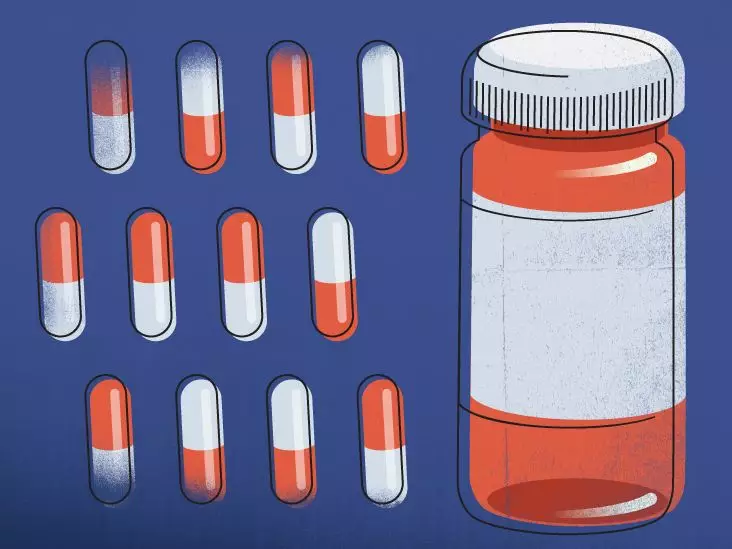Understanding the intricate details of any medication is essential for maximizing its benefits and minimizing potential risks. Venlafaxine, commercially known as Effexor XR, stands out in the realm of mental health treatment due to its role as a serotonin-norepinephrine reuptake inhibitor (SNRI). This class of drugs is particularly effective in treating various mood disorders, including general anxiety disorder (GAD), social anxiety disorder, and major depression. Despite its efficacy, the prescribed dosage of venlafaxine is not a one-size-fits-all; rather, it demands a tailored approach that is sensitive to an individual’s unique medical history and treatment response.
Tailoring the Dosage to Individual Needs
When it comes to initial treatment with venlafaxine, a healthcare provider typically starts with a lower dosage to gauge how the patient responds. The usual starting point for many adults suffering from GAD is 75 mg, taken once daily. However, in some cases, practitioners may recommend beginning with 37.5 mg for a week to allow the body to adjust before increasing to the standard dosage. This gradual build-up is a deliberate strategy to mitigate potential side effects, which can include nausea, dizziness, or increased blood pressure.
Moreover, the flexibility in dosage adjustment is a critical aspect of venlafaxine administration. Physicians may increase the dose by increments of 75 mg, evaluating the patient’s progress at least every four days, until a maximum dosage of 225 mg is reached. This staggered approach underscores the necessity of personalized treatment plans, aligning medication management with individual symptomatology and therapeutic responses.
Versatility Across Mental Health Disorders
Venlafaxine’s versatility is notable, as it is effective in treating various mental health conditions, each with its dosage considerations. For those battling social anxiety disorder, much like GAD, the maximum recommended dosage also stands at 75 mg daily. However, for panic disorder and depression, the approach can diverge. Starting doses may begin at 37.5 mg for panic disorder and are usually increased much like in other conditions, while depression often jumps straight to 75 mg.
These distinctions are critical, as they reflect the diverse ways mental health conditions manifest and impact daily life. Therefore, it is crucial for patients to engage closely with their healthcare providers, sharing their experiences and any side effects encountered, to ensure optimal dosage adjustments.
Safe Usage and Important Precautions
Taking venlafaxine appropriately is paramount for achieving the desired therapeutic effects. Patients are advised to swallow the extended-release capsules whole, as tampering with their structure can affect the drug’s release mechanism. Consistency in timing—whether morning or evening—also plays a role in the medication’s overall effectiveness.
When embarking on a treatment journey with venlafaxine, adherence to prescribed dosages is vital. Exceeding the specified amount can lead to severe consequences, including symptoms of an overdose that manifest as heart rate fluctuations, tingling in limbs, and nausea, among others. If toxicity is suspected, seeking immediate medical attention is not just advisable but critical.
The Road to Long-Term Management
Treatment with venlafaxine may not be short-lived; for many, it represents a long-term commitment to managing mental health. The decision to maintain medication must always be a collaborative dialogue between patient and provider. Not only should efficacy be evaluated, but also the general well-being of the patient, considering both physical and emotional ramifications of long-term use.
In this regard, the regular monitoring of blood pressure and assessment of any emerging side effects can significantly contribute to the safe and effective use of venlafaxine as part of a comprehensive treatment plan. The proactive management of side effects fosters a more satisfying treatment experience, enabling patients to regain their quality of life.
The intricacies of venlafaxine dosage reflect the personalized nature of mental health treatment. By emphasizing careful monitoring and tailored adjustments, healthcare providers can better equip patients to navigate their health journeys. A patient-centered approach not only enhances therapeutic outcomes but also elevates the overall experience of those seeking relief from the burdens of mental health challenges.

